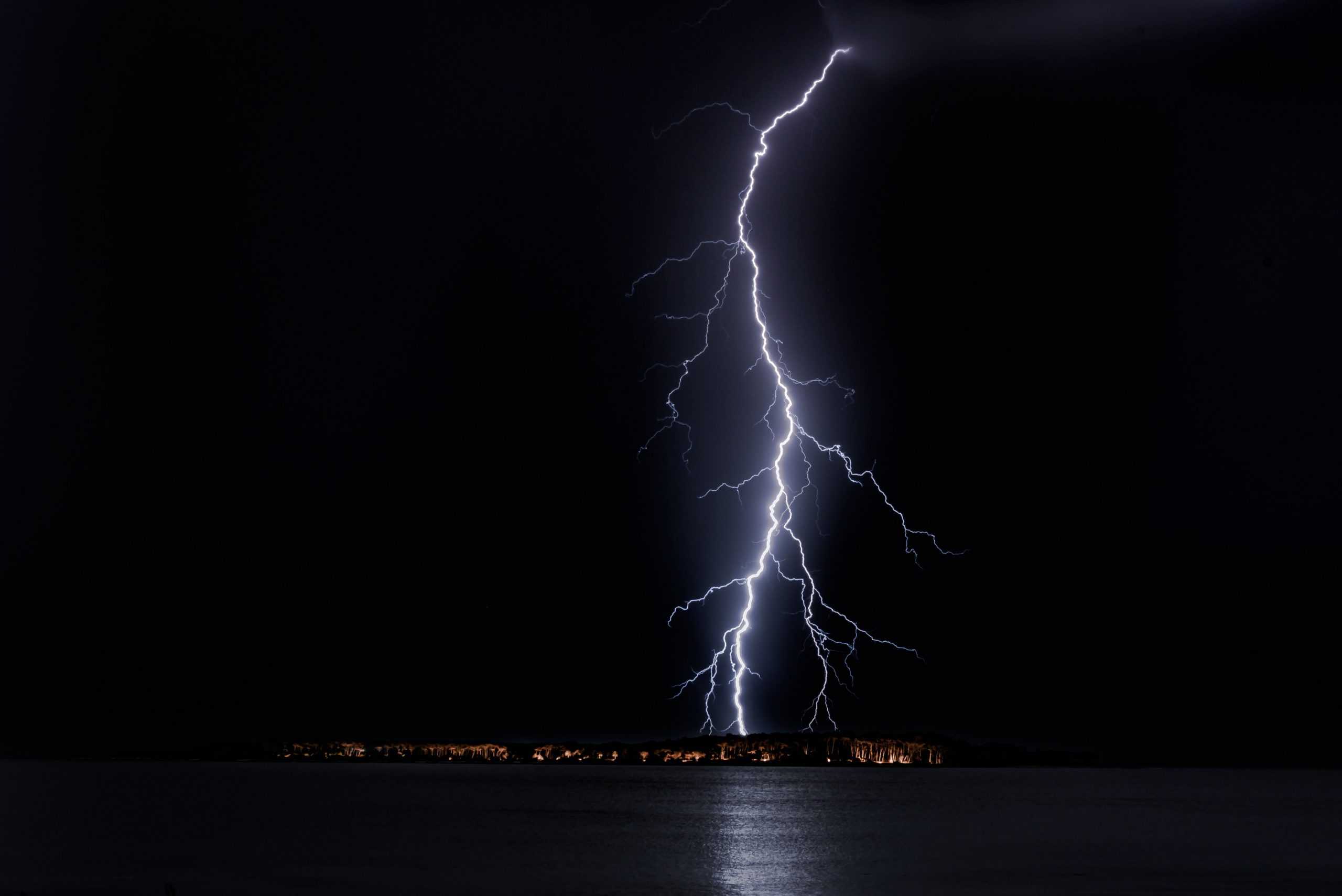
When disaster strikes
Google was recently given the green light to deploy a network of high-altitude helium balloons to restore cellular and internet coverage to hurricane ravaged Puerto Rico and the US Virgin Islands. With 90% of the region having been without connectivity for weeks, Project Loon has helped to restore much-needed wireless communication so residents can contact friends and family, and local governments can coordinate relief efforts.
But Project Loon is only one example of how technology is changing disaster relief. From social media and crowdsourcing data, to the use of next generation technology like the Internet of Things (IoT), there are an ever growing number of examples of technological advancements helping to transform how we’re able to respond to natural or humanitarian disasters.
The magnitude 7 earthquake that devastated Haiti in 2010, claiming over 100,000 lives and displacing 1.5 million people from their homes, was the catalyst for the development of these technologies. One project that stands out and is still cited today as a milestone for humanitarian response is Ushahidi’s crisis crowdsourcing mapping platform. The open source platform allowed volunteers to collect information from survivors and witnesses’ SMS messages and social media posts, both in Creole and English, and inform search and rescue teams of their whereabouts in real time. A year later in 2011, Ushahidi’s platform was leveraged in a similar way following the earthquake and tsunami in Japan.
Since then, more and more technologies are being developed in response. One example is Google’s Person Finder Tool: a web application that allows individuals to post about and search the status of those affected by a disaster. Originally used in the aftermath of Haiti, it has since been used during other major emergencies including the 2013 Boston Marathon and earthquakes in Afghanistan, Pakistan and India.
Another scheme, spearheaded by the Red Cross and deployed in over 40 countries, is the Trilogy Emergency Relief Application (Tera). The initiative enables aid workers to identify mobile phones in the vicinity of a particular disaster area and send out mass SMS messages to disaster affected communities with information on medical help, changes to aid services or access to clean water, food or shelter. During the Ebola outbreak in Sierra Leone, the government teamed up with Airtel to send millions of text messages reminding people to go to health centres and avoid physical contact with others.
More recently, NASA created a ‘suitcase-sized’ tool known as Finder which can detect human heartbeats through 30ft of rubble and 20ft of solid concrete using a low-powered microwave signal and intelligent algorithms that detect changes in the reflecting signal. The device was initially used to find people in the 2015 Nepal earthquake but has since been used in Mexico’s major earthquake last month and recently in Puerto Rico to search for survivors of Hurricane Maria.
It’s clear technology is transforming disaster action as we know it. The extent to which these technologies can better relief efforts and save lives is yet to be fully realised, but with new tools such as AI, robots and drones still in early development it’ll be interesting to see how technology will play an even bigger role in the future.





